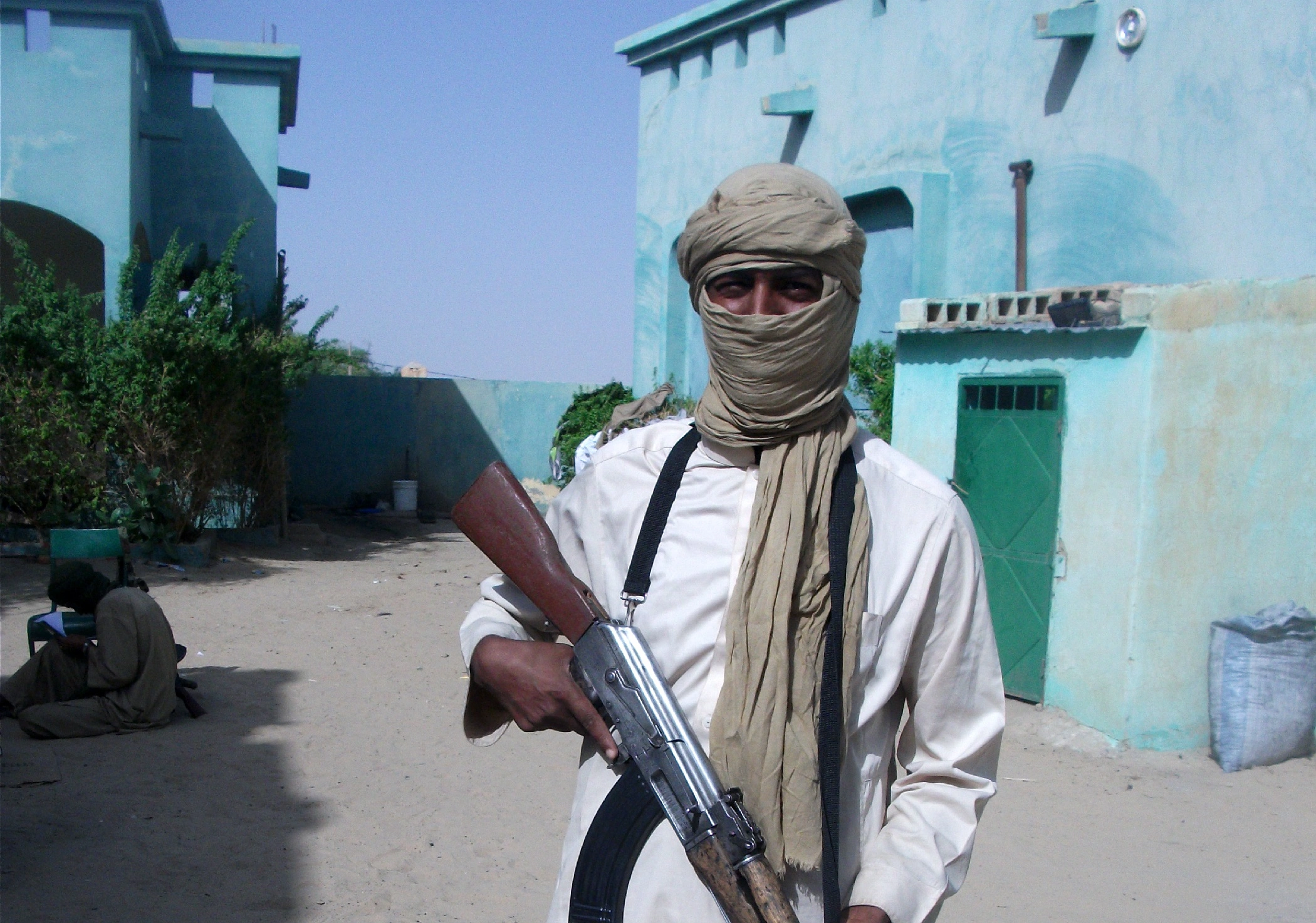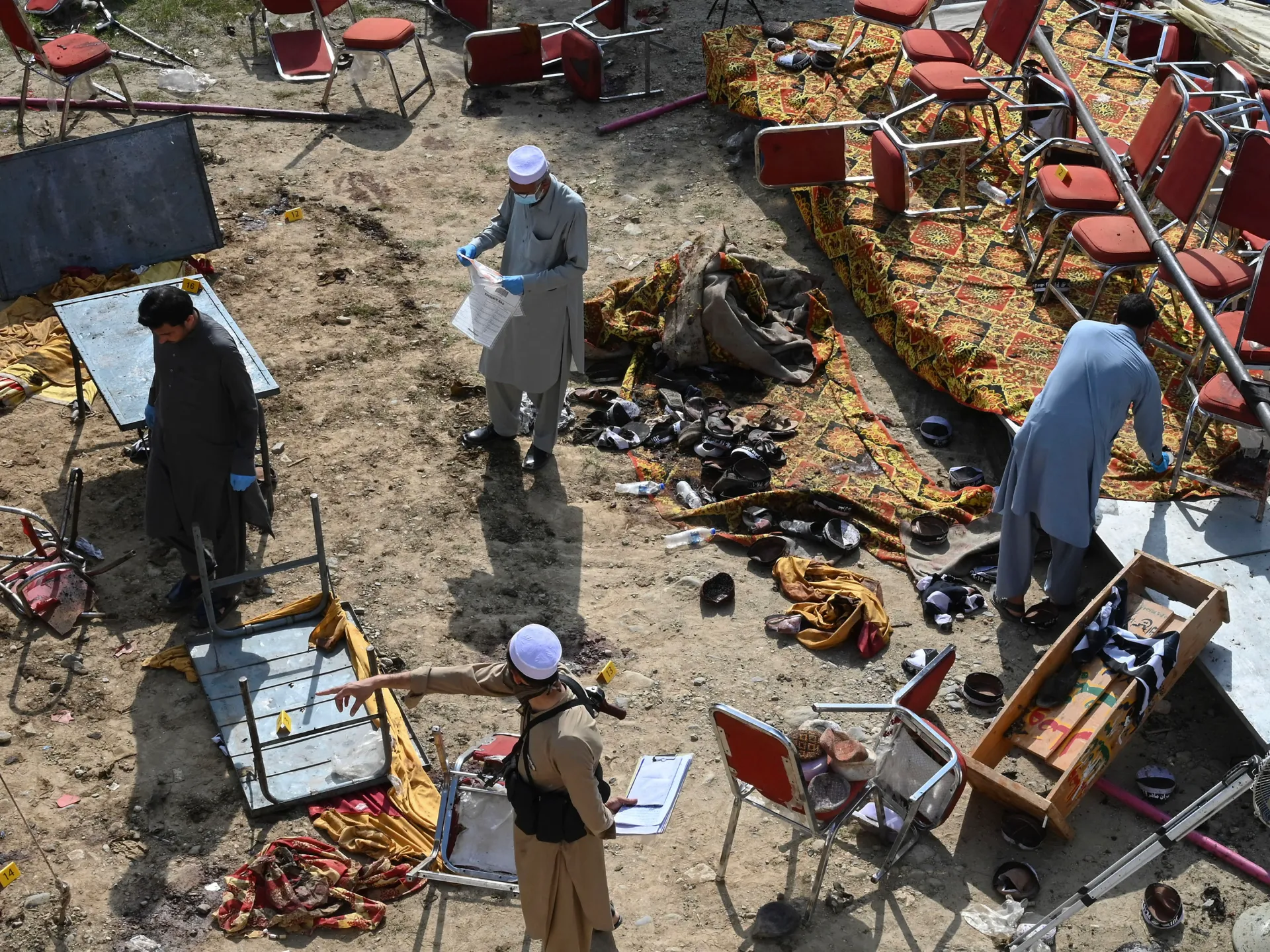The Indo-US ties have gradually increased over the last few years. This came as a result of America’s ‘ Indo-Pacific’ strategy.
After Washington awarded New Delhi the special status of \”Major Defense Partner\” in 2016, the US-India relationship has exceeded. Since then, India has emerged as one of the most powerful countries in the US-led Quad. The Quad is one of the many components of the US\’s Indo-Pacific strategy. It is an evolving coalition that many analysts fear is based solely on its members\’ ability to contain China.
The United States has had a very reliable ally in India. However, American\’s Indo-Pacific conduct with India suggests otherwise. What some observers label as Washington\’s coercion, New Delhi cut some of its economic relations with Beijing. This included the investments in technical realms, and refusal to join the Regional Comprehensive Economic Partnership (RCEP) last November.
America\’s Duality:
India and China also came to blows in Galway valley last summer. Many observers called India’s action a gesture to please the USA.
Despite Indian reiteration of their commitment, the US depicts a different picture. America continues to pressure India despite the latter proving its reliability time and again. The coerce attitude America plays towards India to achieve its Indo-Pacific goals is evident.
The United States\’ attempts to place sanctions on India for procurement of Russia\’s S-400 systems under the \”Countering America\’s Adversaries By Sanctions Act\” (CAATSA). Secondly, the US Navy\’s disruptive \”freedom of navigation activity\” (FONOP) in India\’s exclusive economic zone on April 7. These underpin a duality on behalf of Americans.
India itself supported FONOP when it was employed against China in the South China sea.
A time for India\’s Redressal of the Indo-Pacific Strategy:
Keeping in view US provocations and their rationale. This is an excellent time for India to rebalance its foreign policy. As this year\’s BRICS chair, India has the opportunity to address prior disputes and misperceptions among itself, China, and Russia. The USA sowed these misperceptions for its divide and rule plan in its indo-pacific strategy.





